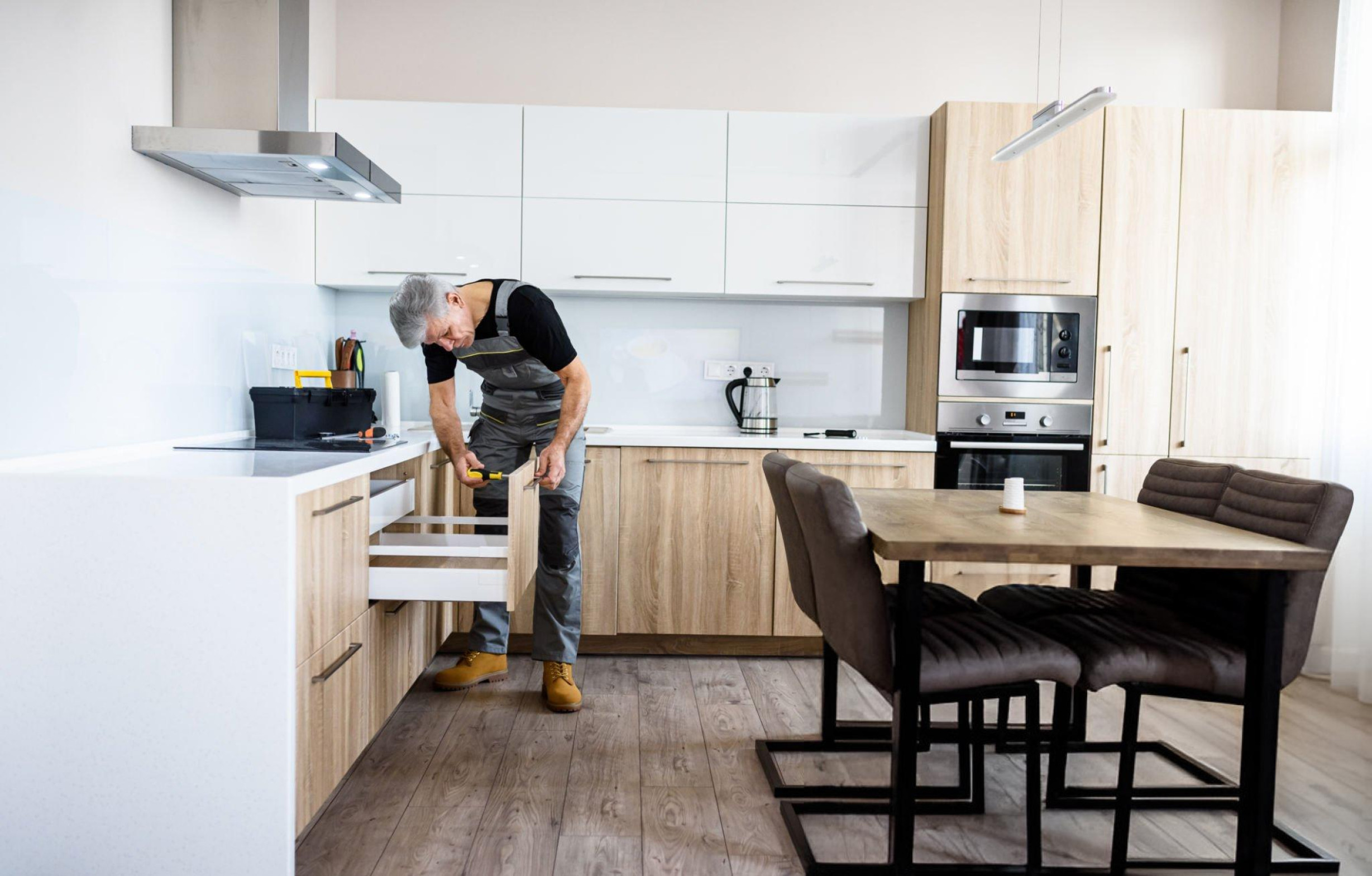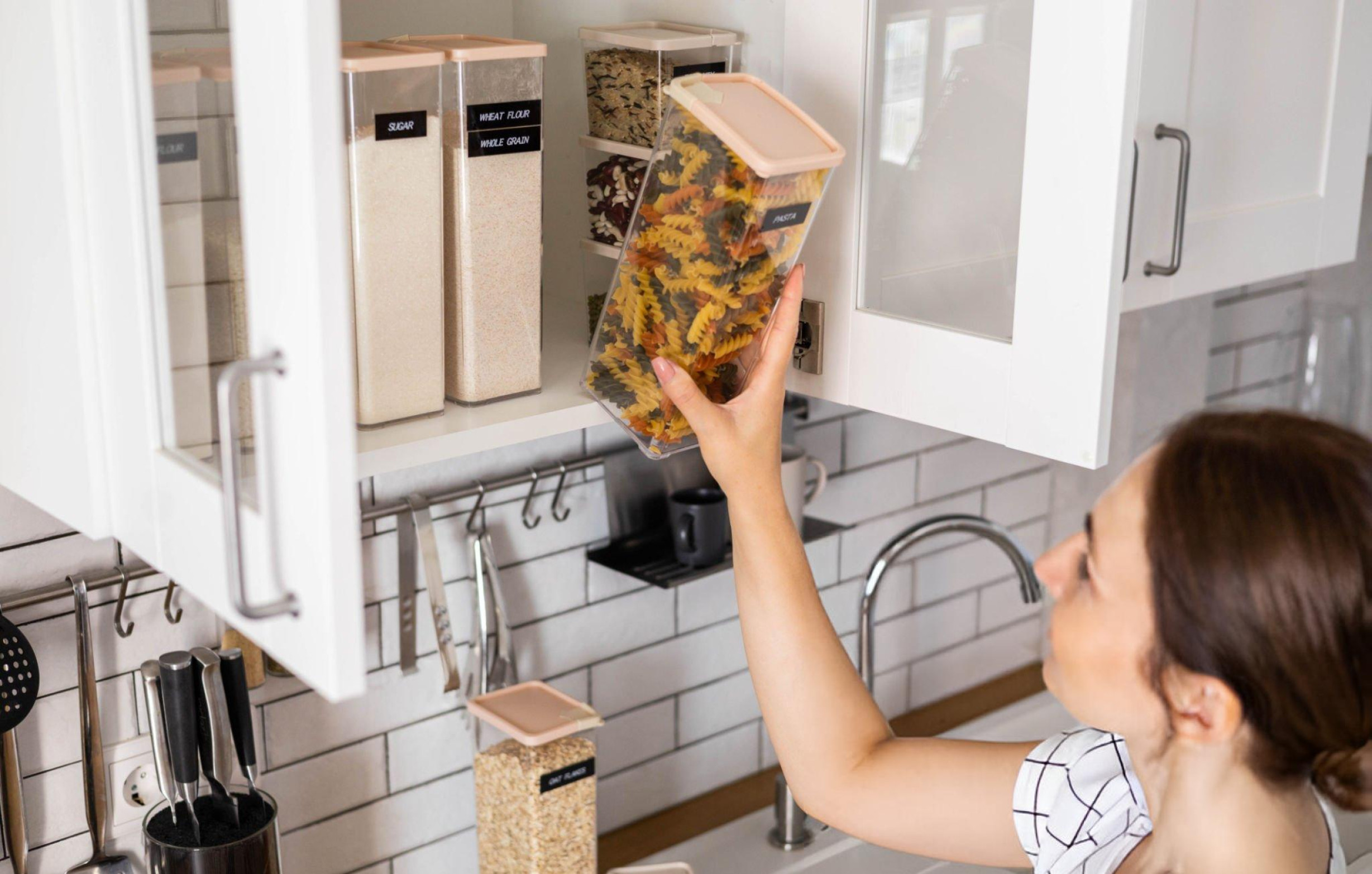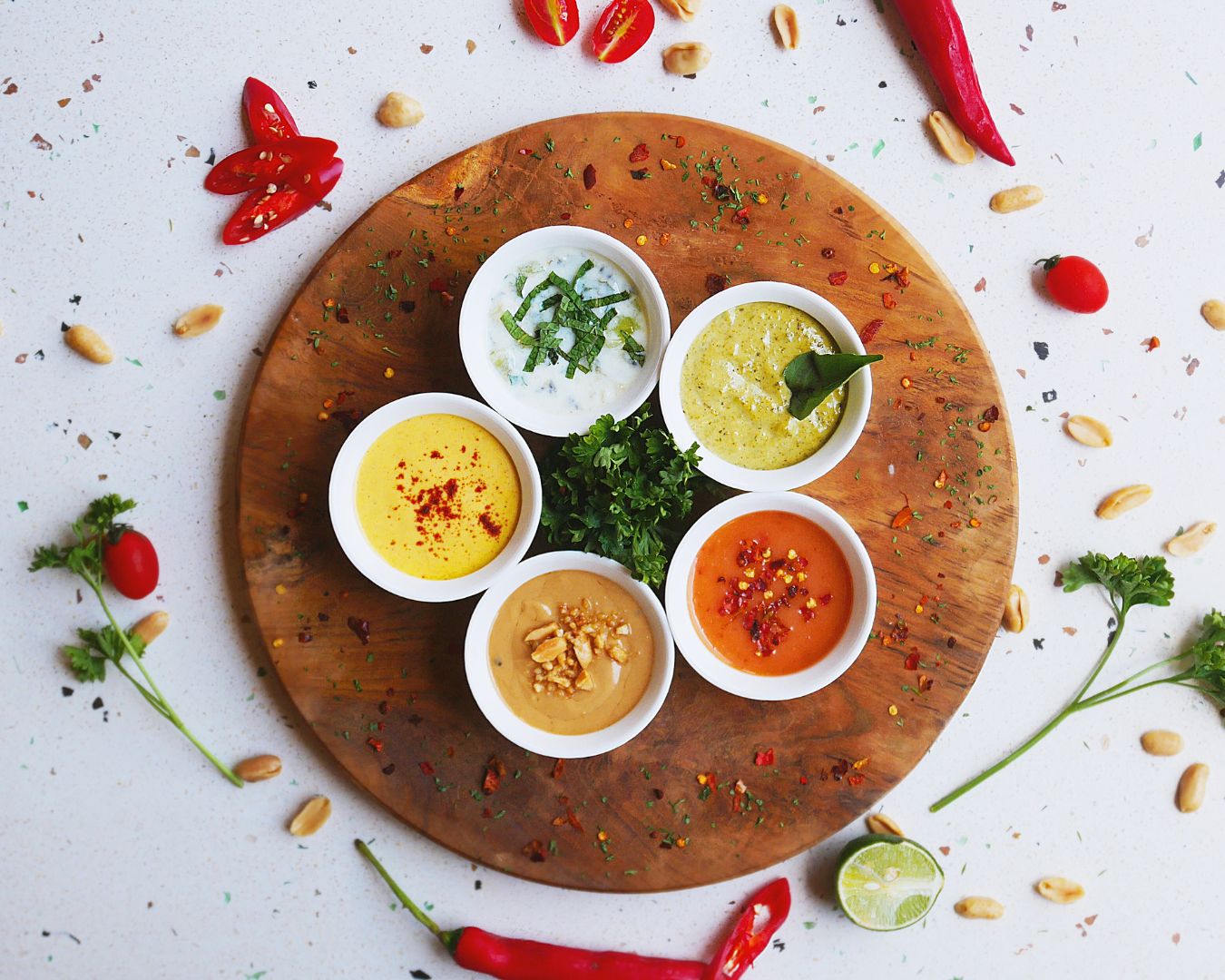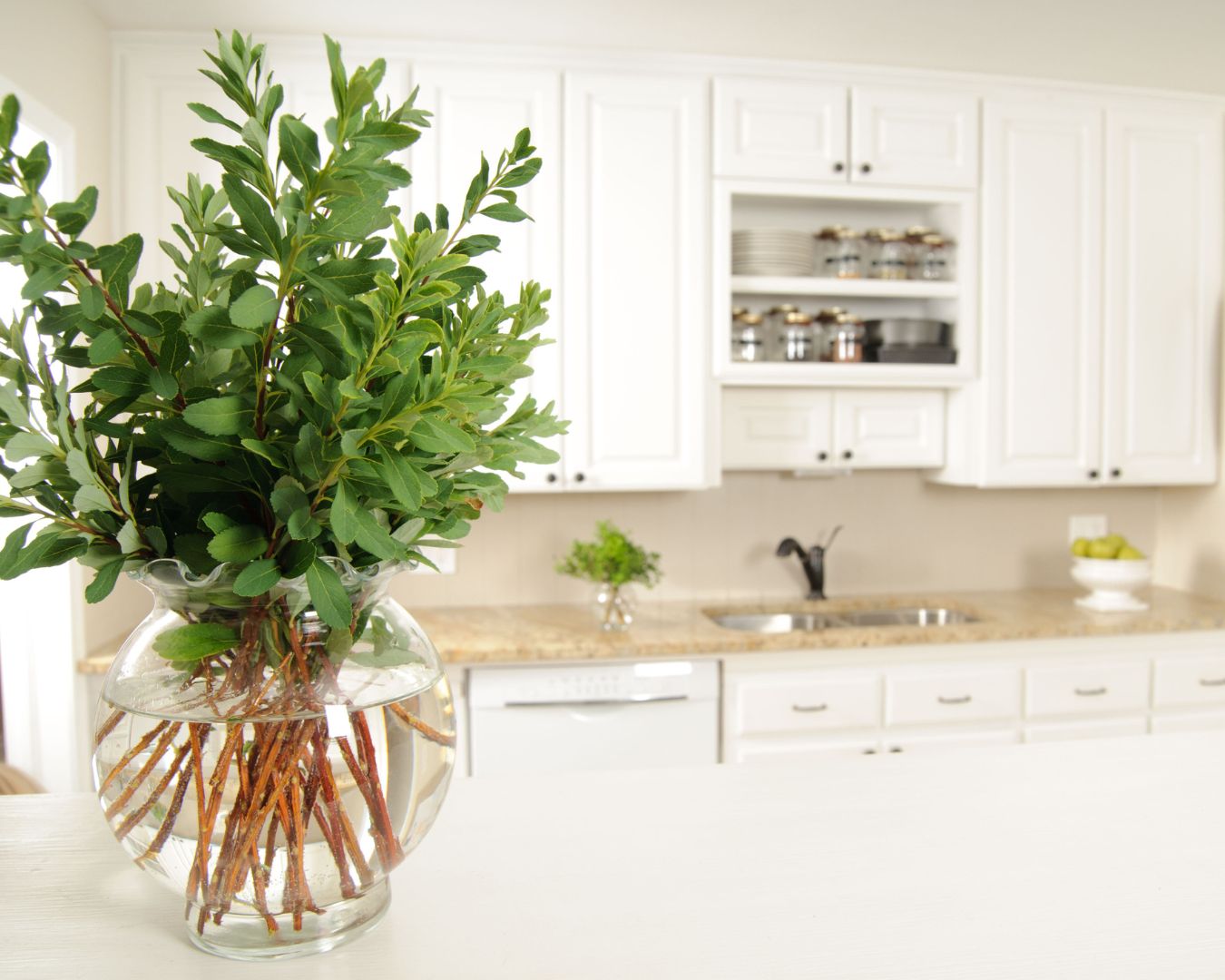How to Increase Your Home Value with Kitchen Improvements: Smart Investments That Pay Off
Kitchen improvements consistently rank among the highest-return home renovations, with well-planned updates often returning 70-85% of their cost when you sell your home. But not all kitchen improvements are created equal – some provide excellent returns while others may actually hurt your home’s appeal to potential buyers. Understanding which kitchen improvements add real value helps you make smart investment decisions that enhance both your daily enjoyment and your home’s market appeal. The key to value-adding kitchen improvements lies in understanding what today’s buyers want while avoiding over-improvements that exceed your neighborhood’s standards. Strategic kitchen updates can transform your home’s appeal and increase its market value significantly, but success requires focusing on improvements that provide broad appeal rather than highly personal preferences that might limit buyer interest. Understanding Kitchen Value in Today’s Market Modern homebuyers consistently rank kitchens among their top priorities when evaluating homes, making kitchen condition a major factor in both selling price and time on market. Understanding current buyer preferences helps you choose improvements that add maximum value. Buyers today expect functional, updated kitchens that don’t require immediate renovation. Kitchens that appear outdated or dysfunctional can significantly reduce buyer interest while forcing price reductions that exceed the cost of updates. Open-concept integration has become increasingly important as buyers prefer kitchens that connect to living and dining areas. Kitchen improvements that enhance flow and connectivity typically add more value than those that focus only on the kitchen space itself. Quality over quantity appeals to today’s buyers who prefer fewer high-quality features over numerous cheaper alternatives. Investing in durable materials and appliances that will last typically provides better returns than budget options that may need replacement soon. Energy efficiency increasingly influences buyer decisions as utility costs rise and environmental consciousness grows. Kitchen improvements that reduce energy consumption appeal to cost-conscious and environmentally aware buyers. Storage and organization solutions address universal buyer concerns about adequate storage in kitchens. Improvements that maximize storage capacity and organization typically add value across all buyer demographics. High-Return Kitchen Improvements That Always Pay Off Certain kitchen improvements consistently provide excellent returns regardless of market conditions or home price ranges. These updates address fundamental buyer expectations while providing broad appeal. Cabinet updates represent one of the best value improvements when existing cabinet boxes are in good condition. Refacing cabinets with new doors, drawers, and hardware can transform kitchen appearance at a fraction of replacement cost while providing substantial value increases. Countertop upgrades to quality materials like quartz or granite immediately modernize kitchens while providing durability that buyers value. These improvements typically return 75-90% of their cost while dramatically improving kitchen appeal. Appliance updates to stainless steel or modern finishes create cohesive, updated appearances that buyers expect. Coordinated appliances suggest quality and care while eliminating the need for buyers to budget immediate replacements. Lighting improvements including under-cabinet LED strips, pendant lights, and improved general lighting enhance both function and atmosphere while being relatively affordable improvements with high visual impact. Paint updates provide the highest return on investment of any kitchen improvement. Fresh paint in current colors can transform outdated kitchens while costing minimal amounts compared to other improvements. Hardware replacement for cabinet pulls, knobs, and hinges provides significant visual impact at low cost. Quality hardware suggests attention to detail while modernizing the entire kitchen appearance. Major Renovations: When They’re Worth the Investment Complete kitchen renovations require substantial investment but can provide excellent returns when done strategically and appropriately for your home’s value and neighborhood standards. Full cabinet replacement makes sense when existing cabinets are beyond updating or when layout changes improve function significantly. New cabinets provide long-term value while allowing complete design customization. Layout modifications that improve workflow and storage can add substantial value, particularly in older homes with inefficient kitchen configurations. Moving walls or relocating appliances requires professional planning but can transform kitchen functionality. Flooring replacement with quality materials like hardwood, luxury vinyl, or quality tile provides lasting value while improving kitchen appearance and durability. Flooring affects entire room perception and buyer impressions significantly. Window additions or enlargements that increase natural light provide substantial value while improving daily livability. Natural light makes kitchens feel larger and more pleasant while reducing energy consumption. Island additions create additional storage, workspace, and casual dining areas that buyers highly value. Islands improve kitchen functionality while providing impressive focal points that enhance showing appeal. High-end appliance packages can add substantial value in appropriate price ranges and neighborhoods. Quality appliances suggest luxury and convenience while providing long-term durability that justifies higher home prices. Budget-Friendly Updates with Big Impact Strategic smaller improvements can provide excellent value returns while being accessible to homeowners with limited renovation budgets. These updates focus on maximizing visual impact per dollar spent. Backsplash installation or updates immediately modernize kitchens while protecting walls and providing easy-to-clean surfaces. Subway tile, natural stone, or quality ceramic provide lasting appeal at reasonable costs. Faucet and sink upgrades to quality stainless steel or other durable materials improve both function and appearance while being relatively affordable improvements that buyers notice immediately. Open shelving installation can modernize kitchens while providing additional storage and display space. This trend appeals to buyers who prefer less formal, more accessible storage solutions. Window treatments that enhance natural light while providing privacy improve kitchen atmosphere and energy efficiency. Quality blinds or shades that coordinate with kitchen design add finishing touches buyers appreciate. Organization systems including pull-out drawers, lazy Susans, and pantry organizers maximize existing storage while demonstrating attention to detail that suggests overall home quality. Crown molding and trim details add custom appearance and finishing touches that suggest quality construction and attention to detail throughout the home. Choosing Materials and Finishes for Maximum Appeal Material and finish selections significantly impact both immediate costs and long-term value returns. Choosing wisely ensures improvements appeal to broad buyer markets while providing durability. Neutral color schemes provide broad appeal while allowing buyers to envision personalizing spaces to their preferences. Whites, grays, and warm neutrals work with various decorating styles and preferences. Quality materials that balance










